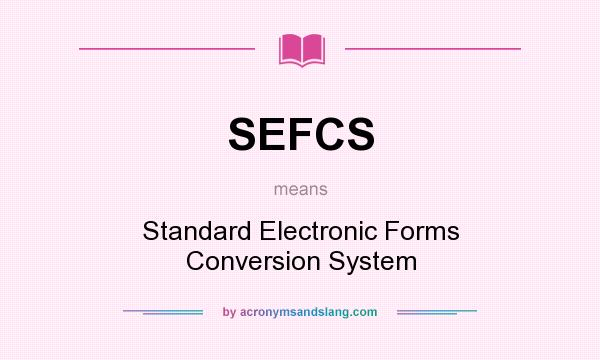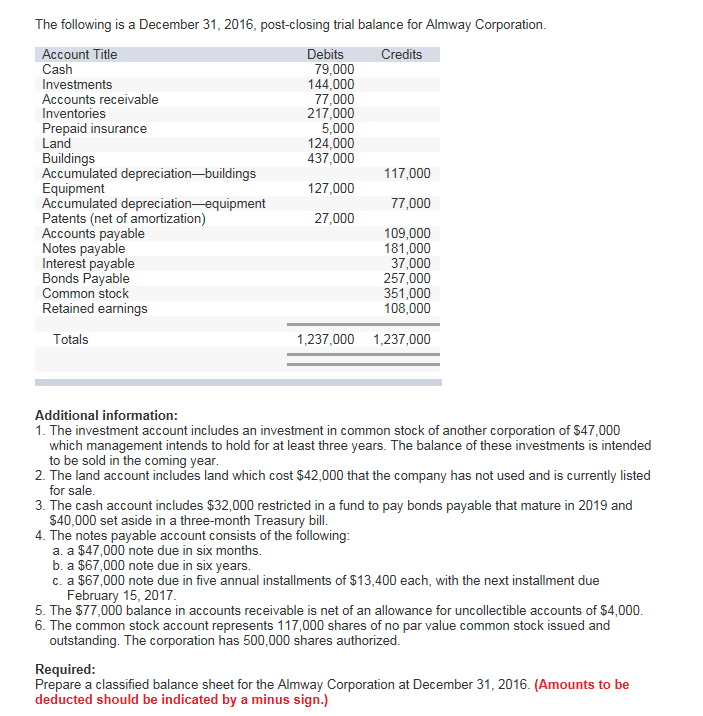
As the revenue and expenses are segregated into operating and non-operating accounts, it provides greater insight into the company’s financial performance. The siloed breakdowns in multiple-step income statements allow for deeper analysis of margins and provide more accurate representations of the costs of goods sold. Such specificity gives stakeholders a sharper view of how a company runs its business, by detailing how the gross, operating, and net margins compare. Another measurement available from the multi-step income statement is operating income. Like gross profit, operating income provides business owners with more detailed information on company profitability rather than focusing solely on net income. A multi-step income statement is ideal for large, complex businesses that use a long list of incomes and expenses.
- It groups all revenue together regardless of the source and does the same for expenses.
- However, operating income can show the health of the business and when that item is decreasing or goes negative, it may raise red flags to stakeholders.
- For a clear evaluation of profit, they are closed at the end of the calendar year, and balances are zeroed out for the new year.
- But for established businesses as well as businesses looking to apply for a loan or attract investors, a multi-step income statement is worth the extra steps.
- Accounting teams need to be robust to correctly account for the line items and classifications of revenues and expenses.
It may have lost money on operations, but it was able to turn a profit thanks to a large insurance payment. Add the final calculation as a line item labeled Net Operating Income or Income from Operations at the bottom of the operating activities section. Income statement accounts are set apart from other balance sheet accounts because they are nominal or temporary accounts. Balance sheet accounts are permanent because they are continuously being updated from year to year, like a running till. Being able to see the performance in operating items and non-operating items is a benefit if your operating items performed well. With the single-step layout, details are left out of the presentation and calculation of net income.
What is the difference between a single step and a multi-step income statement?
One of the most important advantages of single-stepping when creating an income statement is that this single-step format is very easy to prepare. It focuses on net income, so it is especially helpful if you need to make an assessment that is based on your business’s bottom line. For small businesses with simple operations, the multi-step format might introduce unnecessary complexity, consuming more time and resources than it offers in value. Given its higher level of information content, the multi-step format is usually preferred over the single step format (which does not incorporate sub-totals and so can be more difficult to read). At the top section of this income statement, to compute the gross margin, subtract the cost of good from the net sales.

In the bottom section of your income statement, below your operating activities, create a section for your non-operating activities. Add your revenues and expenses from non-operating activities, including interest and the sale or purchase of investments. The final step for preparing your multi-step income statement is determining your net income. This is done by subtracting other revenue Multi step income statement and expense totals from your operating income. The easiest income statement to prepare, the single-step income statement provides an at-a-glance look at revenues and expenses, which most smaller businesses will find sufficient. The single-step income statement is the simplest income statement format, calculating revenue totals and subtracting expenses to arrive at net income.
How is operating income calculated in a Multi-Step Income Statement?
The layout of the multi-step will allow the user to see the performance of the operating and non-operating components. Typically, publicly-traded companies prepare and publish a Multi-Step Income Statement quarterly and annually. However, for internal purposes, companies might prepare them monthly or as required for better financial monitoring.
A Small Business Guide to the Income Statement – The Motley Fool
A Small Business Guide to the Income Statement.
Posted: Wed, 18 May 2022 16:56:52 GMT [source]
The separation of operating items and non-operating items make it easy to see the performance of the core business activities (operating) and what effect non-core activities had of net income (non-operating). At the bottom of the income statement, under the operating activities, is where you put the section for non-operating activities. Include the income and expenses from these non-operating activities, such as interest on and the purchase or sale of investments. When it comes to comparing a multi-step income statement vs a single-step statement, it is important to consider the type of business you operate. A third type of income statement is called a “comprehensive income statement” reports on certain gains and losses that are not included in the business’s net income. A multi-step income statement reports much of the same general information included in a single-step income statement, but it uses multiple equations to determine the net income, or profit, of the company.
What Businesses Use Multi-Step Income Statements?
This is a particularly pernicious problem when multi-step income statements are being compared across multiple periods, and the method of statement compilation is being altered within the presented periods. In this case, a reader might draw incorrect conclusions from the altered presentation of information. Consequently, when such a change is made, the nature of the change should be described in the footnotes that accompany the financial statements. Both a single step and multi step income statement have advantages for reporting. Single-step income statements are simple to prepare and display net income as the focus metric. It is a way to show investors and management outside of the financial field, a snapshot of profit and loss.
After all operational expenditures have been paid, this is the amount of money the firm generated by selling its products. Going from top to bottom here is how to read your multi step income statement. Each metric will help you make more informed decisions and drive action in your company. For a clear evaluation of profit, they are closed at the end of the calendar year, and balances are zeroed out for the new year.
This comprehensive document dissects income and expenses into multifaceted categories, revealing a detailed panorama of a firm’s operational and non-operational performance. Multi-Step Income Statements take more time than single-step income statements, however, they give the company evaluating them an advantage when it comes to finding trends in the data being represented. The single-step income statement offers a straightforward accounting of the financial activity of your business. Big corporations tend to prepare the multi-step income statement due to the size and complexity of their businesses. These businesses, such as large manufacturing companies and giant retailers, usually have various revenue streams, and they will need to record down the income in different accounts. Other income and expenses like interest, lawsuit settlements, extraordinary items, and gains or losses from investments are also listed in this section.
The structured approach facilitates year-on-year and peer-to-peer comparisons. Analyzing specific revenue or expense categories helps in spotting trends, anomalies, or opportunities. Manufacturers incur a variety of production costs, from raw materials to labor.
Types of businesses that would benefit from using this type of report
List out the non-operating revenues and expenses such as interest, gains and losses on asset sales, and other one-time revenues or expenses. A single-step income statement offers a simple accounting method for the financial activity of a business, making it easy to prepare and understand. We’re now ready to calculate operating income by subtracting the remaining operating expenses from gross profit. Gross profit is the result of subtracting the cost of providing the company’s goods or services (i.e., cost of goods sold) from the revenues earned by selling these goods or services. Note that any sales discounts and allowances are also subtracted from sales revenues in this section. External stakeholders, such as investors or creditors, appreciate a detailed breakdown of a company’s financial activities.
For example, our retailer isn’t in the business of receiving insurance proceeds. If a tree hit the building and the insurance company paid out a small settlement, the income would not be reported with total sales. It would be reported in the non-operating and other section because it doesn’t have anything to do with sales.
Step 1: Gather Required Information
Sign up for Shopify’s free trial to access all of the tools and services you need to start, run, and grow your business. Patrick Curtis is a member of WSO Editorial Board which helps ensure the accuracy of content across top articles on Wall Street Oasis. Prior to becoming our CEO & Founder at Wall Street Oasis, Patrick spent three years as a Private Equity…
Too much focus on the many categories might lead to overlooking broader trends or overarching business strategies. Ask a question about your financial situation providing as much detail as possible. Our mission is to empower readers with the most factual and reliable financial information possible to help them make informed decisions for their individual needs. At Finance Strategists, we partner with financial experts to ensure the accuracy of our financial content. The Multi-Step Income Statement is very efficient when analyzing a company’s performance.
However, operating income can show the health of the business and when that item is decreasing or goes negative, it may raise red flags to stakeholders. Although the multi-step income statement comes with greater detail, it is not perfect. Someone like a bank would want to see more detail about the business to determine your financial performance and stability. Finally, when arriving at net income, you are able to see what the business’s core activities produced and what the effect of non-core activities had net income.
- In preceding chapters, we illustrated the income statement with only two categories—revenues and expenses.
- Sign up for Shopify’s free trial to access all of the tools and services you need to start, run, and grow your business.
- The primary distinction of this kind of presentation is categorizing costs into direct (non-operational costs) or indirect (operational costs).
- For many small businesses, the single-step income statement provides all the details you’ll need to assess the financial health of your company.
The owners of sole proprietors and partnerships are more likely to opt for single-step statements. Businesses with formal corporate structures or those that are publicly traded use the more detailed multi-step statement. The types of income statements are single-step, which arrives at net income by performing one calculation, and the multi-step format, which reaches net income through multiple calculations. This is a guide on how to leverage your income statement and gauge the success of your company.

A single-step income statement is a summary of a business’s profitability that uses one calculation to arrive at net income before taxes—hence the single step. It groups all revenue together regardless of the source and does the same for expenses. Despite the growth, it’s still a simple business with you handling the orders and managing the day-to-day.
